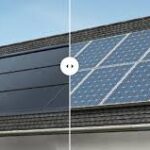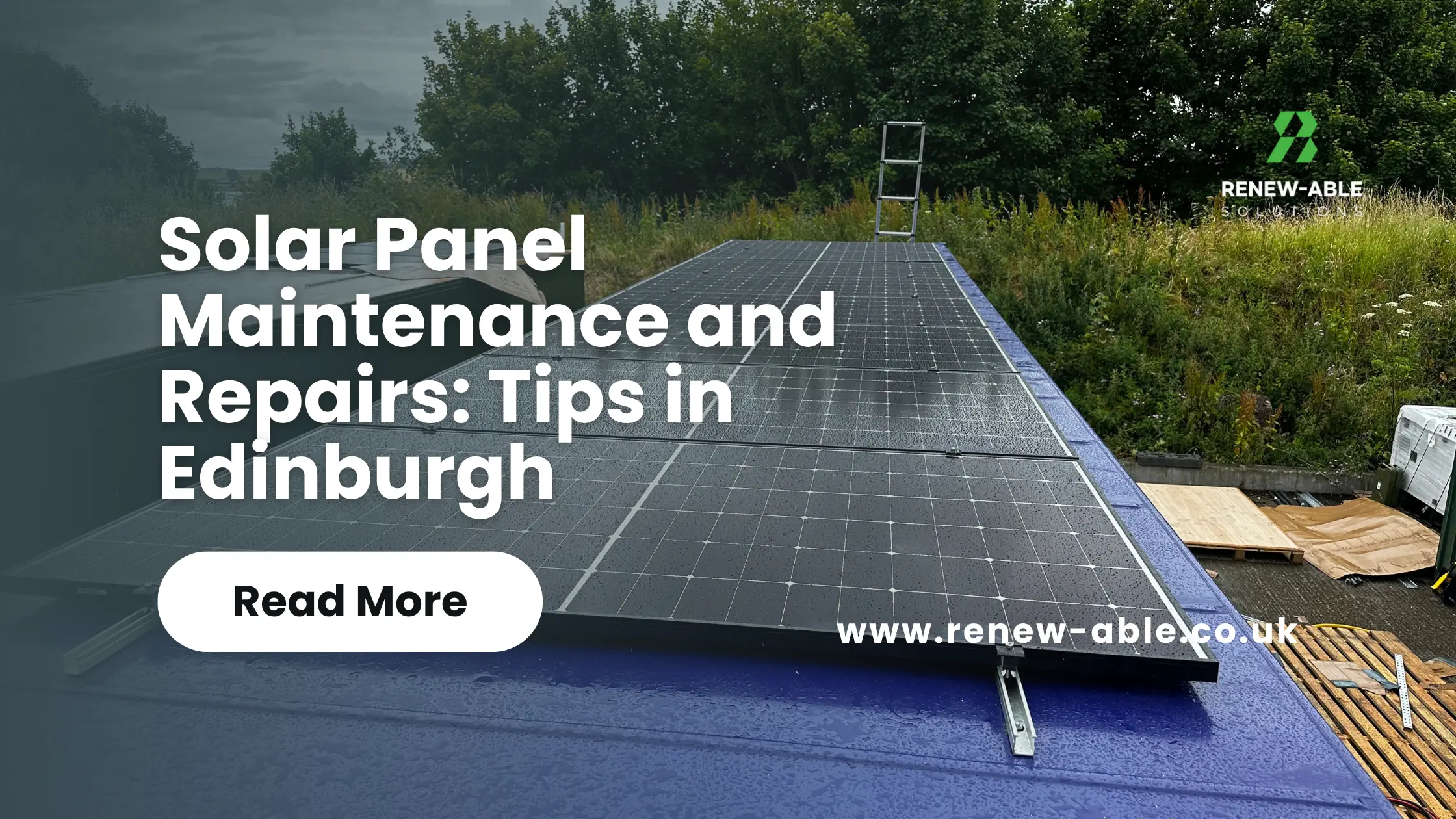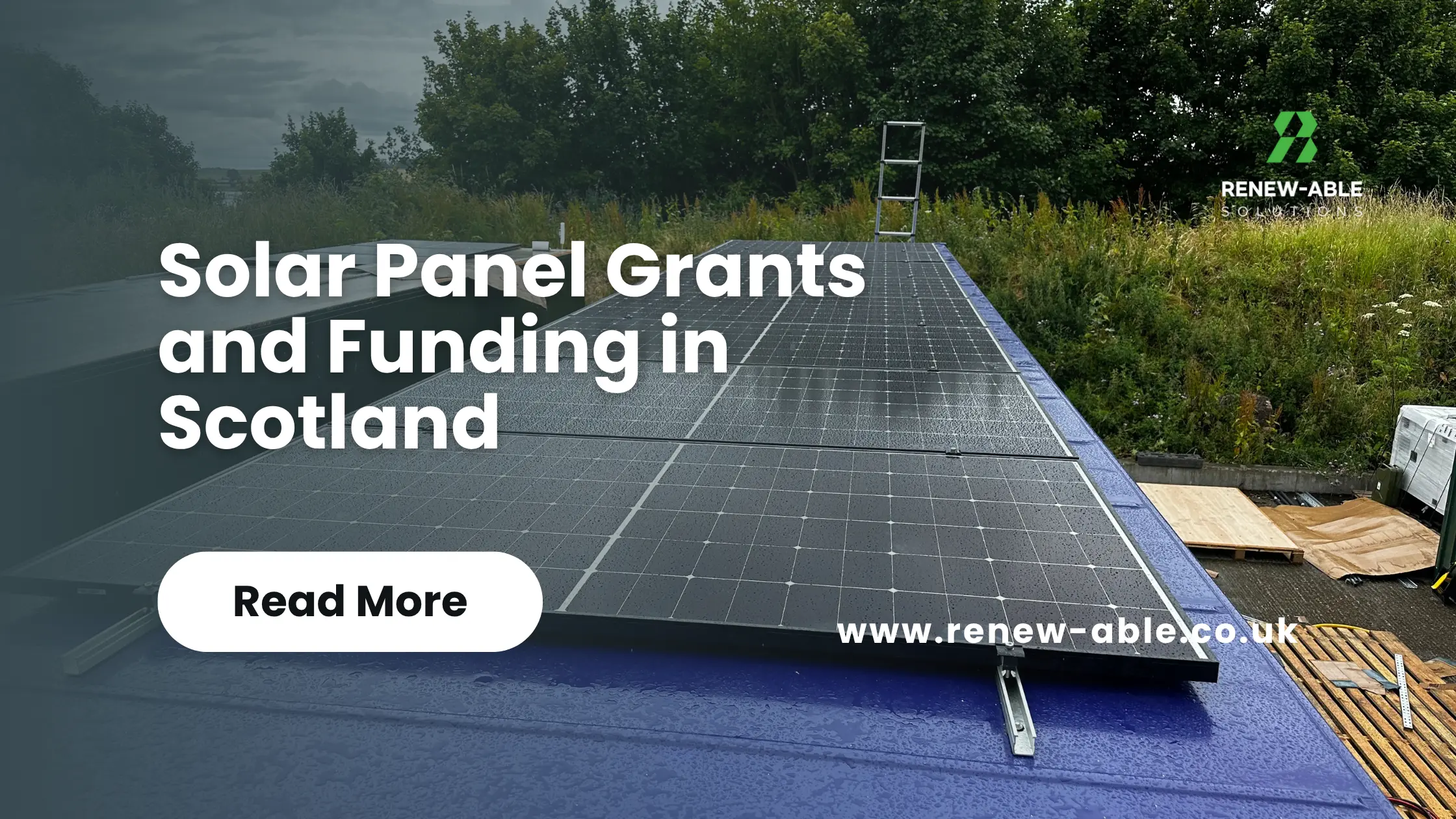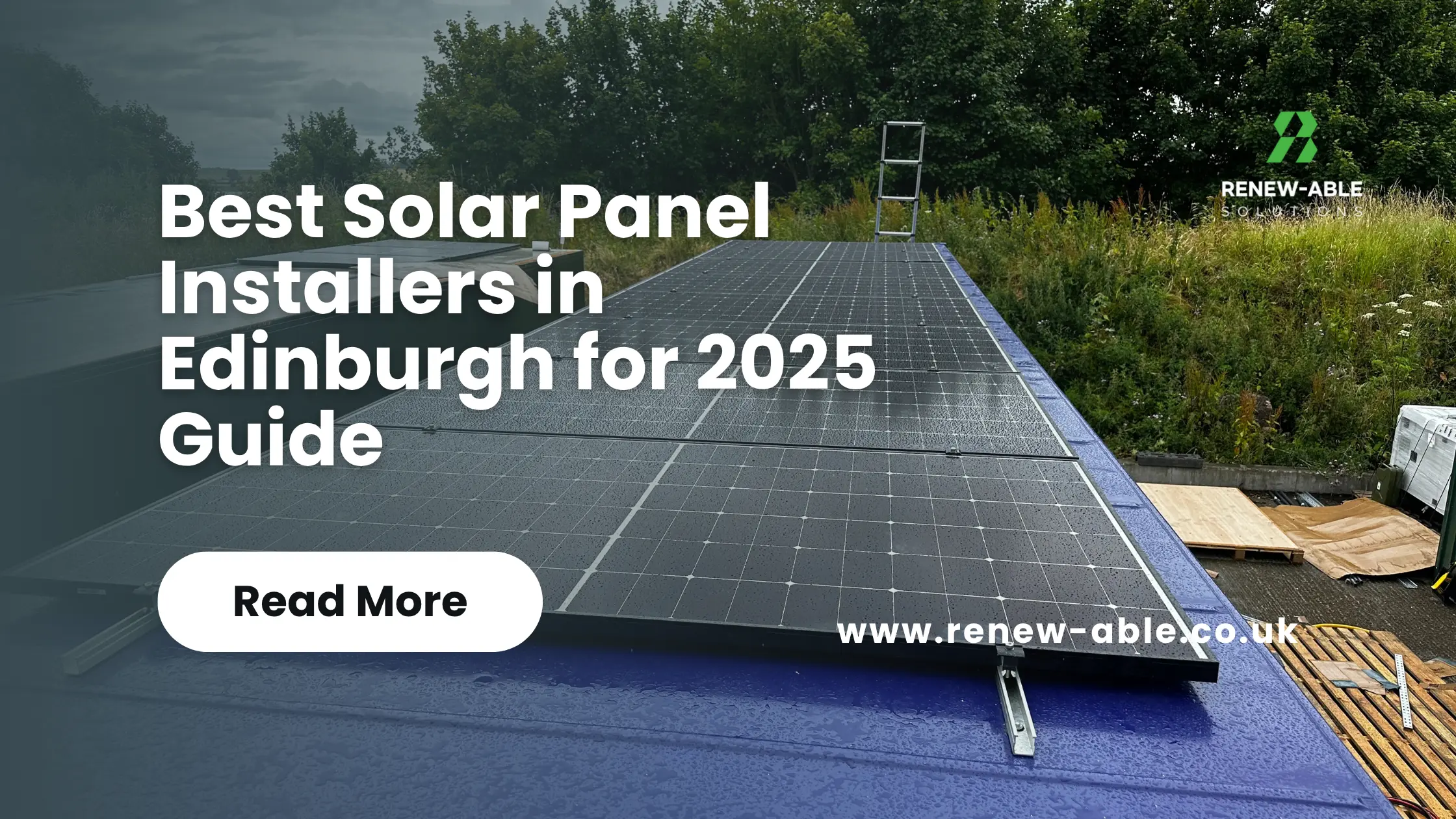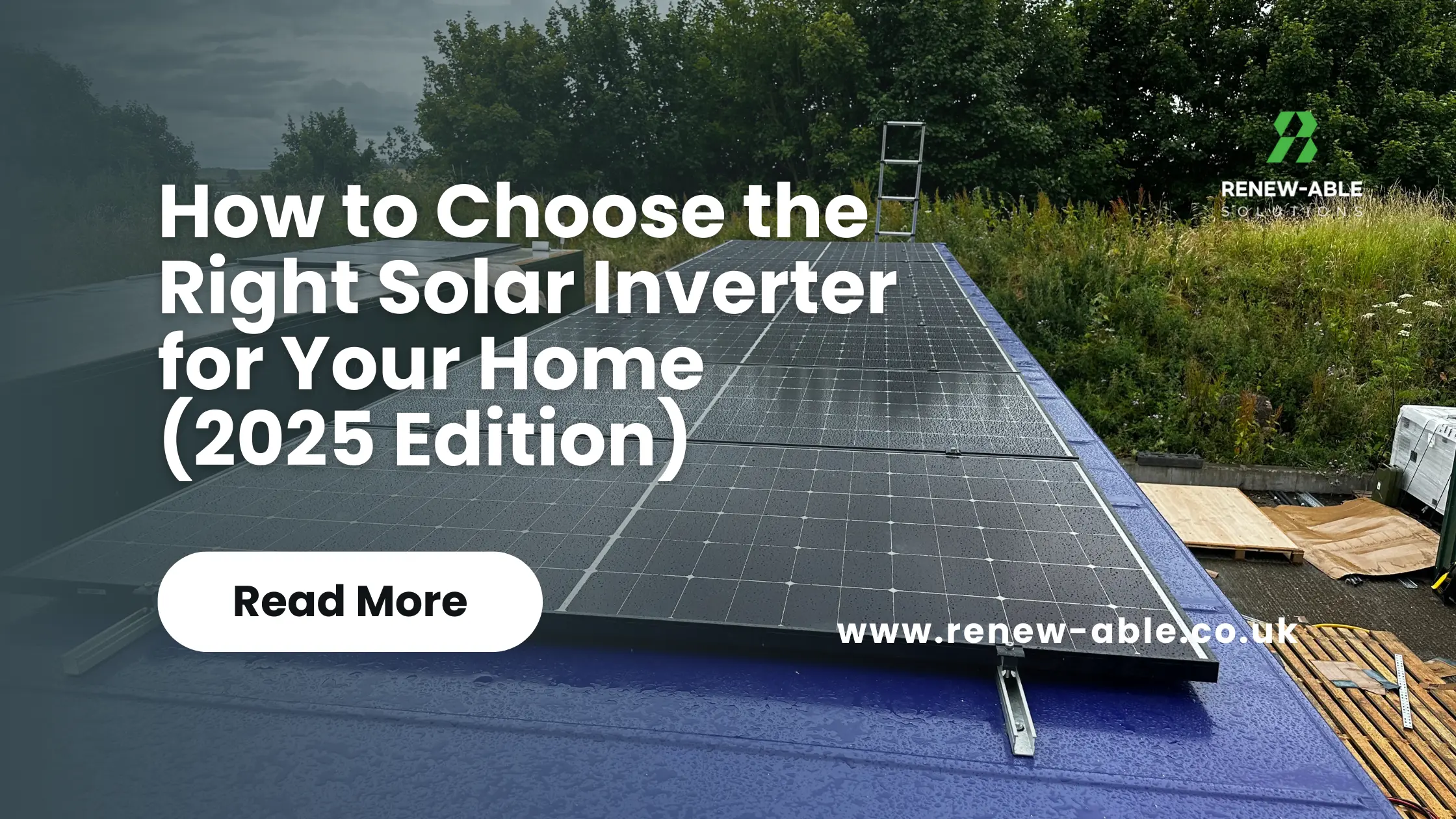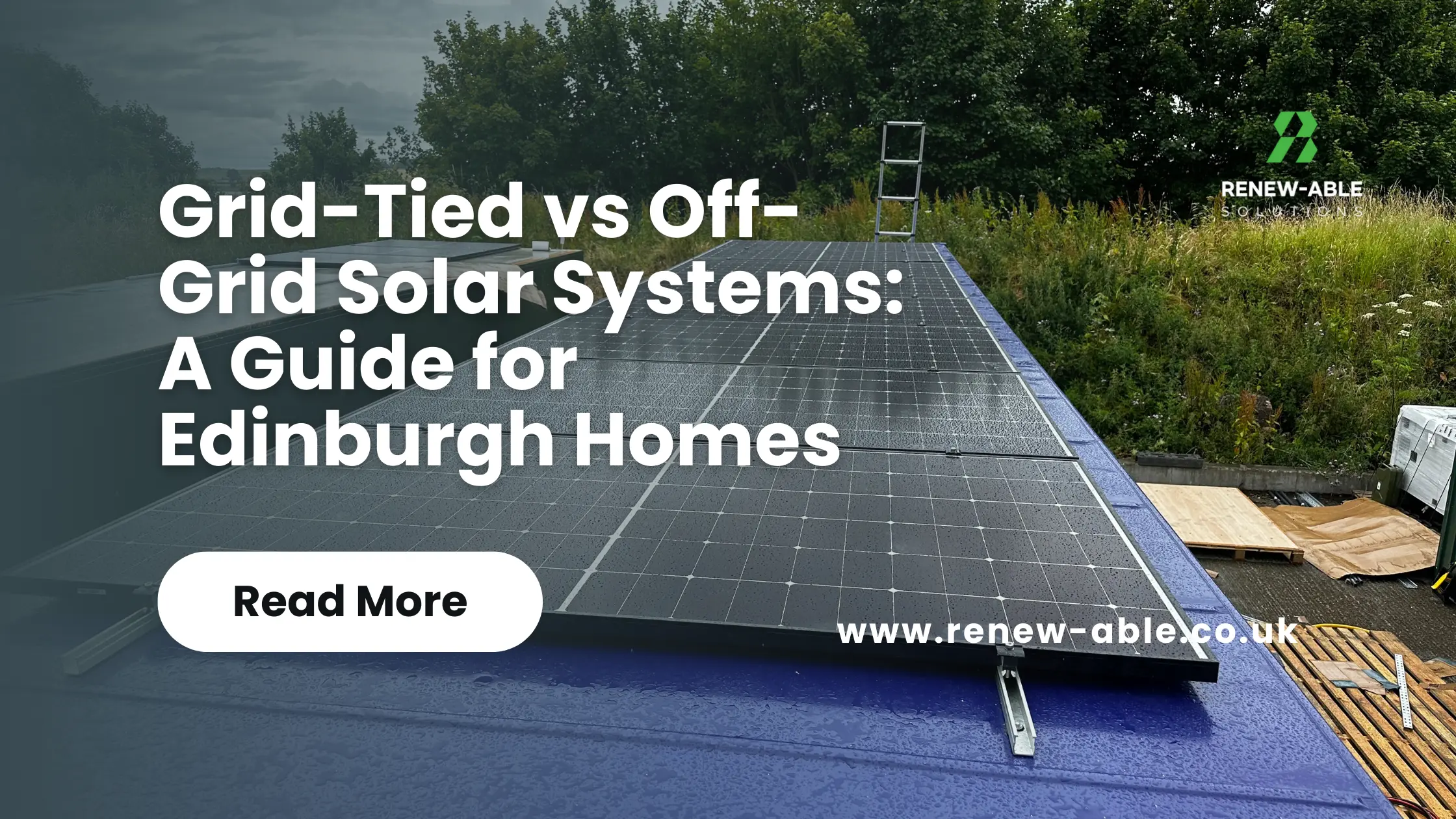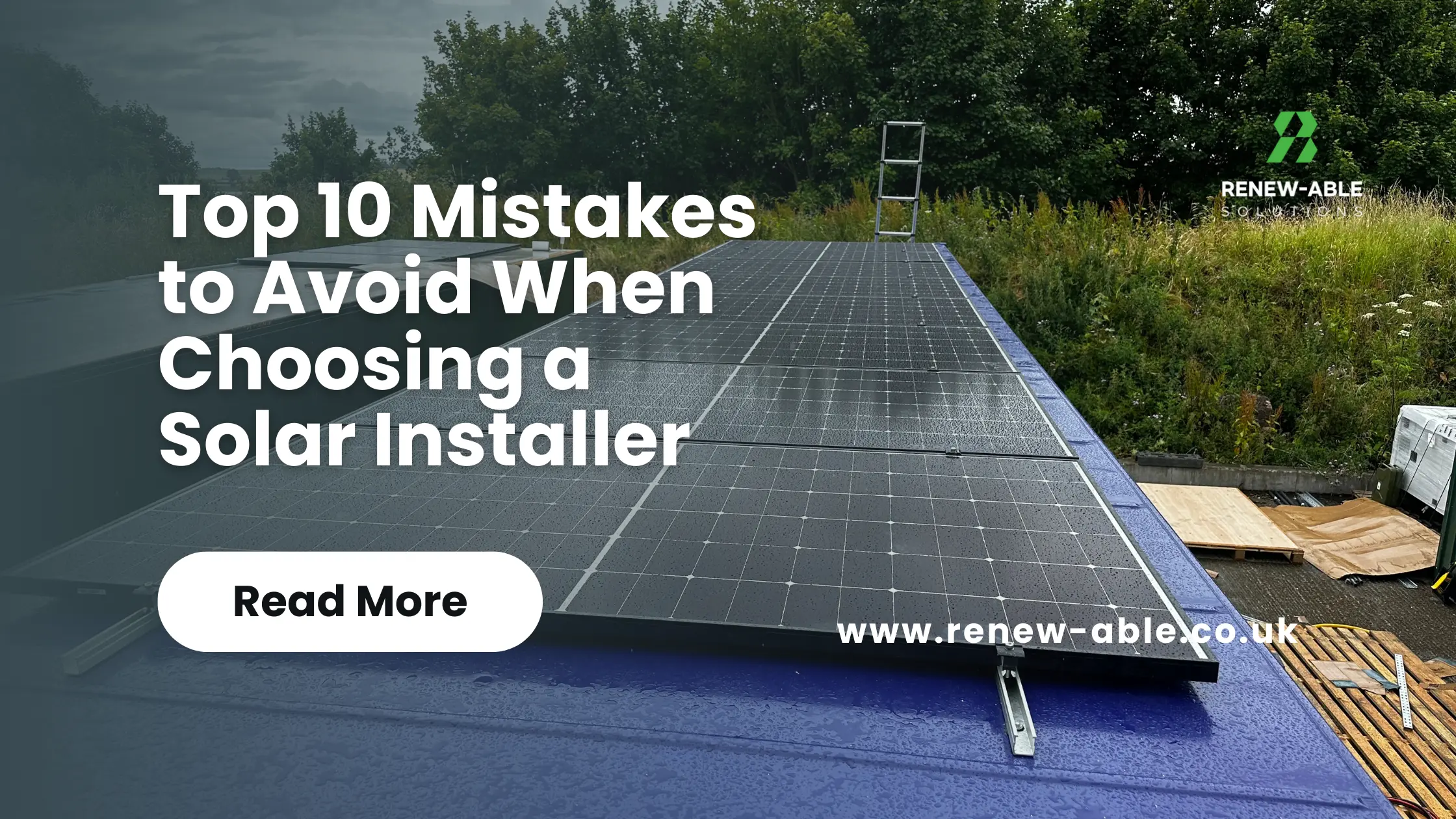In this article we explore the pro’s and con’s of in rood or on roof to help you make an informed decision.
Everything you need to know about integrated solar panels
Solar panels have become a welcome addition to many roofs in recent years, with homes across the UK – and indeed the world – now being powered by solar. We have become accustomed to the look and feel of classic on-roof solar panels, often characterised by a slight protrusion from the roof.
In Roof or On Roof? So, what are ‘roof integrated’ or ‘in-roof’ solar panels and how are they different? Well, instead of sitting in front of roof tiles or slats, they replace them. This means that the solar panels form part of the roof itself, rather than being an addition to it.
What are the advantages of roof integrated solar panels?
These solar panels have several practical advantages over traditional on-roof solar installations, including:
- Aesthetics: integrated solar panels have a sleeker look and feel to them, which might well suit the tastes of many UK homeowners who are looking to improve their energy efficiency and be grid independent.
- Simple maintenance: when installing solar panels, you might not think about future roofing repairs, but as there are no roof tiles behind roof integrated solar panels, roof repairs can be easily completed leaving the solar system in place – unlike on-roof solar panels.
- Easier installation in new roofs: if you’re already getting a new roof installed, roof integrated solar panels can be easily fitted at the same time as the roof tiles.
- Resistance to high winds: in-roof panels are very secure as there are no roof tiles behind the solar panels, so there are no gaps for wind to get underneath.

Integrated or not, solar panels generate electricity during the day – yes, even in the depths of winter – which can power your home at night if paired with storage technology, like batteries. This means that your power can be used in the way that best suits your needs, day or night, or even on the road if you have an electric car.
And these aren’t the only advantages to generating your own solar power, there are many ways you can benefit from solar energy.
What are the disadvantages of roof integrated solar panels?
Whilst there are many benefits to choosing in-roof solar panels, there are also some factors to consider before making your decision:
- Roof integrated panels operate at a higher temperature than on-roof panels meaning they generate around 3% less energy than on-roof panels1, but for many the improved aesthetics could be worth the slightly lower generation capacity.
- Retrofitting in-roof solar panels into an existing roof is seen as more complex and more work than installing on-roof panels, however whilst this is often true it only takes slightly longer than installing on-roof panels.

How much do roof integrated solar panels cost?
Although integrated solar panels tend to be a little pricier than traditional on-roof versions, costs can be significantly reduced if the installation is done as part of a refurbishment, re-roof, new build or self-build. So, if you’re planning some major building work to your home or your future home, this solar option could be worth considering.
Explore the different types of solar
Solar energy covers all bases, whether you’re after renewable electricity, or a green way to heat your home.
There are two types of solar energy that you can get for your home: solar thermal and solar PV. Solar PV panels absorb the sun’s heat and convert it into electricity, whereas solar thermal panels transform the sun’s energy into heat for household water.

Disadvantages of solar panels
They come at a price
A typical 3-4kWp solar PV system will set you back around £5,420 – not exactly a cheap purchase, although solar panels are becoming increasingly affordable.
The average price of panels has fallen by about 70% over the past decade, and this is set to continue as solar energy becomes increasingly widespread. If you want the full lowdown, check out our detailed guide to solar panel costs.
They’re dependent on the weather
We’re stating the obvious here, but solar panels work much better in the gleaming summer months than in the dark days of winter. When the skies are clear and the sun is beaming down on your rooftop, your solar panels will naturally be at their most productive.
But if there’s one thing Brits can agree on, it’s that our weather is not the most reliable. So during dreary days and winter woes, you’ll rely more on the grid – but that doesn’t mean your solar panels will stop working entirely.
In fact, sunlight is not an essential ingredient in solar power, although it certainly helps. All your solar panels will need to work is daylight.
They require the right roof
Solar panels require your roof to be south-facing, at a 30-45 degree angle, and unobstructed by shade. If your roof doesn’t fit the criteria, then you might struggle to set up an effective solar PV system.
There’s a lot you can do to optimise your roof conditions, including buying high-efficiency solar panels (if you have limited space), cutting back trees (to reduce shading), and using tilted racks (to angle your panels perfectly).
They take up a lot of space
Solar panels are rather sizable pieces of kit, averaging around 2 m2 per panel – and the more electricity you want to generate, the more panels you’ll need to install. So, the bigger the roof, the better.
If you find yourself running out of room, you can opt for premium, high-efficiency models. Although more expensive, a small number of high-efficiency panels can do the same job as a larger number of standard panels.
They contain toxic materials
Despite their air-cleaning qualities, solar panels are made with a concoction of toxic materials. Although these chemicals won’t affect your home, the manufacture and waste stages of a panel’s life can release a lot of harmful chemicals into the atmosphere.
However, a study published by Nature Energy showed that the global environmental impact of creating solar panels is vastly outweighed by the environmental benefits of using them. Only 4% of the energy generated by a solar panel is offset by the energy required to create it – making solar power one of the world’s cleanest renewable energies.
They cost a lot to move
Like a trusty friend, your panels are here to stay. So, if you’re considering installing solar panels onto your home, make sure you’re set on living in that property for a substantial amount of time.
These panels are hefty pieces of equipment, and will be pricey to haul from place to place – not to mention the cost of getting them reinstalled.
Long return on investment (ROI)
We worked out that, as of 2022, it’ll take homeowners 10.15 years to break even on their solar panels. This means that average annual savings of £534 will mean you could break even on your panels by 2032.
Although it seems far away, this return on investment is much better than it’s been in previous years.
What next?
The switch to solar brings benefits that significantly outweigh the cons. Although the initial investment is a lot of money, you can look forward to living in a home decorated with glistening panels, saving money year-on-year, and shrinking your carbon footprint.
Our latest National Home Energy Survey also revealed that 65% of people were likely to buy a house with solar panels.
Sound tempting? To get the ball rolling, you can find out how much it would cost you to install solar panels on your home – simply pop your details in this form, and our professional installers will be in touch.
If you’re interested in finding out more about our solar PV and battery technology, contact us and we’ll be able to advise you on the perfect solar panel package for your home and budget.

